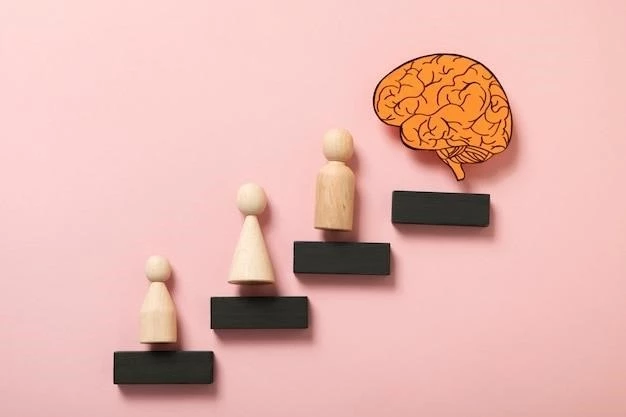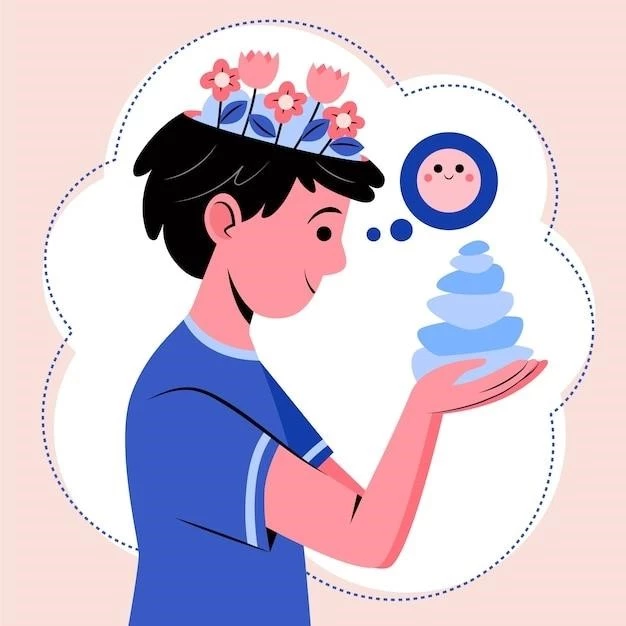In the realm of human cognition, our minds are susceptible to a fascinating array of systematic errors known as cognitive biases. These biases, often operating below the level of conscious awareness, exert a profound influence on our judgments, decisions, and perceptions of the world. This article delves into the captivating realm of cognitive biases, exploring their nature, significance, and the profound impact they have on our lives.
Understanding Cognitive Biases
Cognitive biases are mental shortcuts that our brains employ to simplify complex information processing. While these heuristics can be beneficial in many situations, allowing us to make quick decisions with limited cognitive effort, they can also lead to predictable errors in our thinking.
These biases stem from various sources, including:
- Evolutionary pressures: Our ancestors faced environments where rapid decision-making was crucial for survival. Consequently, our brains developed heuristics that prioritize speed over accuracy in certain situations.
- Limited cognitive capacity: Our brains have limited processing power, so we rely on shortcuts to navigate the overwhelming amount of information we encounter daily.
- Emotional influences: Our emotions can profoundly influence our perceptions and judgments, leading to biased decision-making.

Types of Cognitive Biases
The field of psychology has identified numerous cognitive biases, each with its unique characteristics and effects. Here are a few notable examples:
1. Confirmation Bias
Confirmation bias is our tendency to seek out, interpret, and remember information that confirms our existing beliefs, while ignoring or downplaying evidence that contradicts them. For example, someone who believes that climate change is a hoax may primarily seek out information from sources that support that view, while dismissing evidence from scientific organizations.
2. Availability Heuristic
The availability heuristic refers to our tendency to judge the likelihood of an event based on how easily we can recall similar events from memory. For instance, if we have recently seen multiple news reports about shark attacks, we may overestimate the likelihood of being attacked by a shark, even though it is statistically rare.
3. Anchoring Bias
Anchoring bias occurs when we rely too heavily on the first piece of information we receive (the “anchor”) when making decisions, even if that information is irrelevant or arbitrary. For instance, if a salesperson initially offers a high price for a car, subsequent offers may seem more reasonable, even if they are still above market value.

The Impact of Cognitive Biases
Cognitive biases, while often subtle and unconscious, can have significant consequences in various aspects of our lives:
1. Decision-Making
Biases can lead us to make irrational or suboptimal decisions in areas such as finance, healthcare, and personal relationships. For instance, confirmation bias can lead investors to hold onto losing stocks for too long, while the sunk cost fallacy may cause us to persist in failing projects.
2. Social Judgments
Cognitive biases can contribute to stereotypes, prejudice, and discrimination; For example, the halo effect may lead us to judge attractive individuals more favorably than others, while in-group bias can contribute to intergroup conflict.
3. Problem-Solving
Biases can hinder our ability to solve problems effectively. Functional fixedness, for instance, can prevent us from seeing novel uses for familiar objects.
Mitigating Cognitive Biases
While completely eliminating cognitive biases may be impossible, we can take steps to mitigate their influence:
- Awareness: Recognizing that biases exist is the first step towards mitigating their impact. Educate yourself about common biases and how they operate.
- Critical Thinking: Question your assumptions, seek out diverse perspectives, and be willing to consider evidence that challenges your beliefs.
- Deliberate Decision-Making: Avoid making important decisions when under time pressure or emotional stress. Take the time to gather all relevant information and consider multiple options.
- Feedback and Reflection: Seek feedback from others to identify potential biases in your thinking, and reflect on your past decisions to identify patterns of biased thinking.
Conclusion
Cognitive biases are an inherent part of the human experience. They reflect the remarkable adaptability and efficiency of our brains but can also lead to predictable errors in our thinking. By understanding these biases and developing strategies to mitigate their influence, we can make more informed decisions, interact more effectively with others, and navigate the complexities of the world with greater awareness and objectivity.










